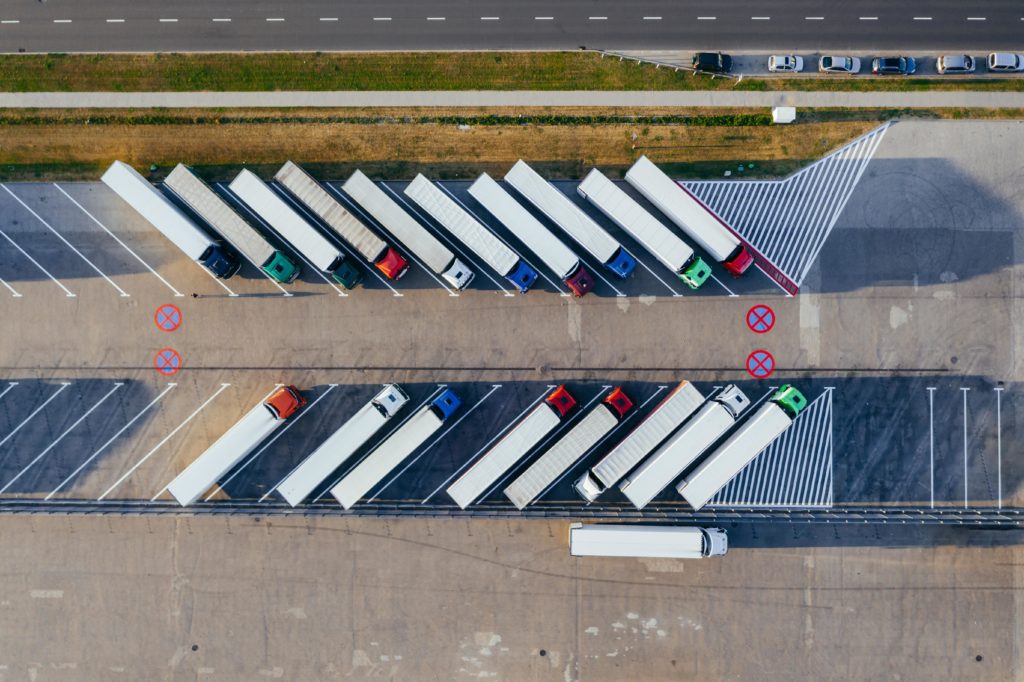Seb Robert, founder of London-based courier startup Gophr, explores the concept of ‘elastic logistics’ and how new technologies can help operators improve the flexibility of their supply chains
These days it seems the trends of supply and demand are becoming harder to predict, a fact that has had a notable effect on the logistics industry. The supply-demand interplay has always been at the heart of logistics operations, but the dawning of the digital age has brought with it a shift in emphasis weighted more heavily toward the consumer.
Consumer demand now increasingly dictates the movement of processes in a company’s supply chain. However, to put it simply, consumers are unpredictable, and to cope with the ever-changing demand rates, businesses are now looking at a solution in the form of ‘elastic logistics’. These types of operations allow companies to maintain a high level of customer service while catering for the ever-fluctuating demand of consumers.
But what exactly is elastic logistics? Elastic logistics describes the flexible capabilities of a supply chain. In other words, how ready is it to expand or contract depending on the state of the supply-demand relationship at any given time, while maintaining costs, a high level of efficiency and customer happiness.
Technology has caught up to logistics, and to remain on top of changing demands it’s becoming increasingly important to embrace new technological innovations to be able to streamline processes and be as elastic as possible.
And how can operations become more elastic? Automation. This is the most logical solution for a company that wants to become more flexible in its capabilities. A reduction in human error and a more efficient packing process within the production line will help in coping with any spikes in demand without having to employ additional staff. The implementation of a Transportation Management System (TMS) is often mentioned as a way to increase flexibility within a supply chain and it’s clear to see the connection between allowing electronic tracking and invoicing with the need for fewer accounting staff and more efficient customer service.
A lot can also be said for third-party partnering for reducing the risk of investing in more internal operations, only for demand to drop off shortly afterward. This includes leasing additional warehouses locally or in further regions to cope with short-term increases. Likewise, using external fleets in the form of courier services or other third-party delivery options could potentially be a way of staying ahead of any unexpected peaks and troughs in consumer demand.
So, aside from the scaling capabilities, the main selling points of elastic logistics seem to be greater control, visibility and efficiency. Unifying the management of deliveries under one operations dashboard not only increases efficiency for peak times, but also enables control over unexpected changes, even when using a third-party service. Likewise, allowing the tracking of delivery drivers in real-time increases visibility for suppliers, resulting in a more efficient delivery and, hopefully, increased customer satisfaction.
Potential downsides
Of course, the benefits of implementing systems like these must be considered against the potential downsides. As mentioned, embracing elastic logistics goes hand-in-hand with a reliance on technological innovation and an increase in automation, which means it comes at a cost.
Time and money must first be spent in order to fully reap the benefits of a more flexible supply chain, and in some cases this may involve multiple changes to the workforce. An investment in training and allowing for any learning curve that will follow could initially hinder operations more than help them. Plus, as is inevitable when thinking about embracing new technology, it is necessary to consider the anxieties surrounding machines replacing humans in certain industries. However, according to Forbes, these fears are unfounded and the logistics industry is constantly in need of employees at all levels, particularly to work with emerging technology.
Debates aside, the rise of new technologies makes the need for businesses to be more agile in their operations seem more prominent. No doubt the myriad technologies constantly being introduced will also have an impact on the future of logistics; AI, analytics, drones and the IoT will all eventually have a role to play if they don’t already have one. The increase in these types of innovations not only makes a move toward elasticity more necessary, but also more inevitable. However, with proper planning, the implementation of elastic logistics could prove to be a revolutionizing strategy for businesses in the face of fluctuating demand.
About the author
 Seb Robert is founder of London-based courier startup Gophr. Alongside innovating the courier sector, Seb is a foodie with a passion for sneakers
Seb Robert is founder of London-based courier startup Gophr. Alongside innovating the courier sector, Seb is a foodie with a passion for sneakers


